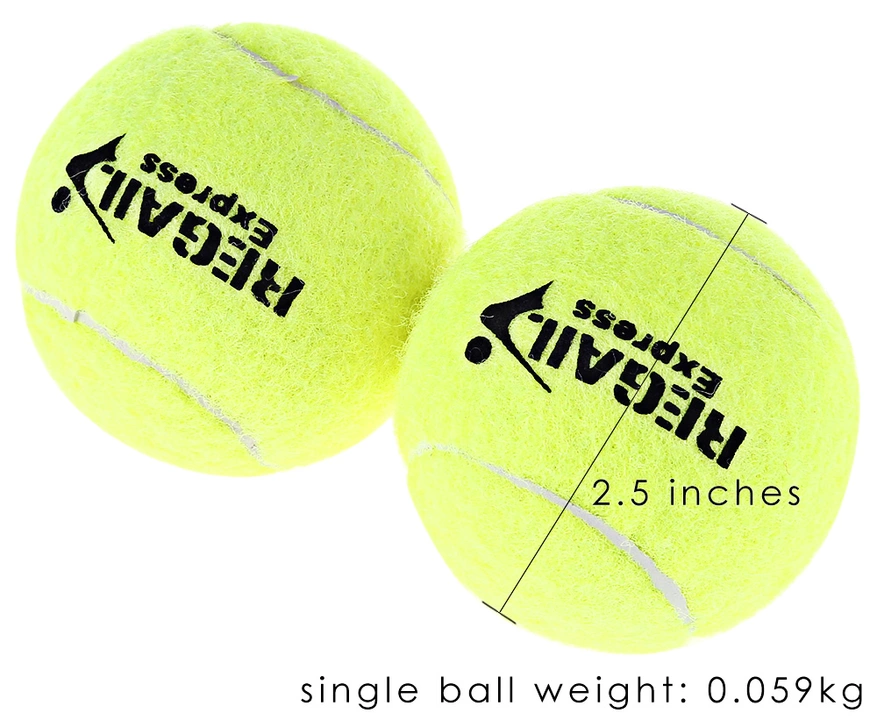
- May, 6 2023
- 0
Introduction to Tennis Ball Bounciness
As a tennis enthusiast, I've always been fascinated by the way tennis balls bounce. It's a crucial aspect of the game that contributes to its excitement and challenging nature. In this article, I'll delve into the science behind what makes tennis balls bouncy and how this characteristic impacts the sport. Join me as we explore the following topics:
The Composition of a Tennis Ball
Before we dive into the science of bounciness, it's essential to understand the basic composition of a tennis ball. Tennis balls are made of two main components: a hollow rubber core and a fuzzy felt covering. The rubber core is what provides the ball's structure, while the felt covering helps to control the ball's movement and aerodynamics. Together, these elements create the perfect balance of bounciness and control needed for a thrilling game of tennis.
The Role of Gas Pressure
One of the main factors contributing to a tennis ball's bounciness is the gas pressure inside the ball. Most tennis balls are filled with pressurized gas, usually air or nitrogen, which helps maintain their shape and resilience. The gas molecules inside the ball push against the inner walls of the rubber core, creating a high-pressure environment. When the ball strikes the ground or a racket, this pressure is released, causing the ball to bounce back into the air.
Impact of Temperature on Bounciness
Temperature plays a significant role in determining a tennis ball's bounciness. As the temperature increases, the gas molecules inside the ball move more quickly, increasing the pressure within the ball. This, in turn, makes the ball more bouncy. Conversely, colder temperatures have the opposite effect, causing the ball to become less bouncy. This is why tennis balls often feel "flat" or less responsive when played with in colder weather.
Effects of Altitude on Ball Behavior
Another factor that can impact a tennis ball's bounciness is altitude. At higher altitudes, the air pressure outside the ball is lower, which means the gas molecules inside the ball have less resistance to push against. This results in a ball that bounces higher and travels faster through the air. In locations with lower air pressure, such as high-altitude cities like Denver, tennis players may need to adjust their game to account for the increased bounciness of the ball.
Wear and Tear: Losing Bounce Over Time
Unfortunately, tennis ball bounciness doesn't last forever. Over time, the gas pressure inside the ball slowly decreases as the gas molecules escape through the porous rubber core. Additionally, the repeated impacts from striking the ground or a racket can cause the rubber to lose its elasticity, further reducing the ball's bounciness. This is why professional tennis players often switch to new balls throughout a match to maintain a consistent level of play.
How Bounciness Affects Game Play
The bounciness of a tennis ball can have a significant impact on game play. A ball with optimal bounciness allows players to execute a variety of shots and strategies, such as powerful serves, precise volleys, and deft drop shots. On the other hand, a less bouncy ball can make it more difficult for players to generate the pace and spin needed for certain shots, potentially affecting the outcome of a match. This is why understanding and managing tennis ball bounciness is crucial for both amateur and professional players alike.
Choosing the Right Ball for Your Game
Now that we've explored the factors that contribute to tennis ball bounciness, it's essential to choose the right ball for your game. Balls with higher pressure and bounciness are typically preferred by advanced players who can take advantage of the increased pace and spin. On the other hand, recreational players or those with joint issues may prefer a ball with less bounciness for a more comfortable and controlled game. Additionally, consider factors such as temperature and altitude when selecting a ball, as these can also affect a ball's performance. Ultimately, the right tennis ball for you will depend on your skill level and playing environment.
Trenton Whitworth
Hi, I'm Trenton Whitworth, a sports enthusiast with a passion for tennis. I've been studying and analyzing various sports for over a decade, with a particular focus on tennis. I love sharing my knowledge and insights through writing and have contributed to several publications. My goal is to help others better understand the game and inspire them to enjoy it just as much as I do. I believe that staying active and engaged in sports can lead to a healthier and happier life.